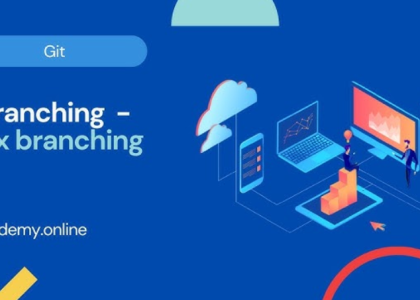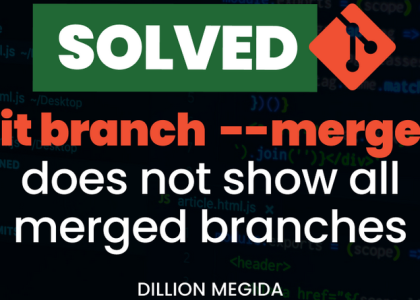Testing containerized applications is an important step to ensure their functionality, performance, and compatibility.
By implementing a comprehensive testing strategy, you can ensure the reliability, performance, and security of your containerized application. Testing at various levels, integrating automation, and closely monitoring the application’s behavior will help you identify and resolve issues early in the development life cycle, leading to a more robust and reliable containerized application.
Once we’ve containerized the application, the next step in the process is testing:
- To prove whether your containerized application works exactly like the one in the virtual machine, you need to do extensive testing to prove that you haven’t missed any details or parts you should have considered previously. Run an existing test suite or the one you created for the container.
- Running an existing test suite can be the right approach, but you also need to consider the software’s non-functional aspects. Benchmarking the original application is a good start, and you need to understand the overhead the container solution is putting in. You also need to fine-tune your application so that it fits the performance metrics.
- You also need to consider the importance of security and how you can bring it into the container world. Penetration testing will reveal a lot of security loopholes that you might not be aware of.
Deployment and rollout
Deploying and rolling out a containerized application involves deploying the container images to the target environment and making the application available for use.
Once we’ve tested our containers and are confident enough, we can roll out our application to production:
- Finally, we roll out our application to production and learn from there if further changes are needed. We then return to the discovery process until we have perfected our application.
- You must define and develop an automated runbook and a CI/CD pipeline to reduce cycle time and troubleshoot issues quickly.
- Doing A/B testing with the container applications running in parallel can help you realize any potential issues before you switch all the traffic to the new solution.
The following diagram summarizes these steps, and as you can see, this process is cyclic. This means that you may have to revisit these steps from time to time based on what you learned from the operating containers in production:

Figure 1.8 – Migrating from virtual machines to containers
Now, let’s understand what we need to do to ensure that we migrate from virtual machines to containers with the least friction and also attain the best possible outcome.




